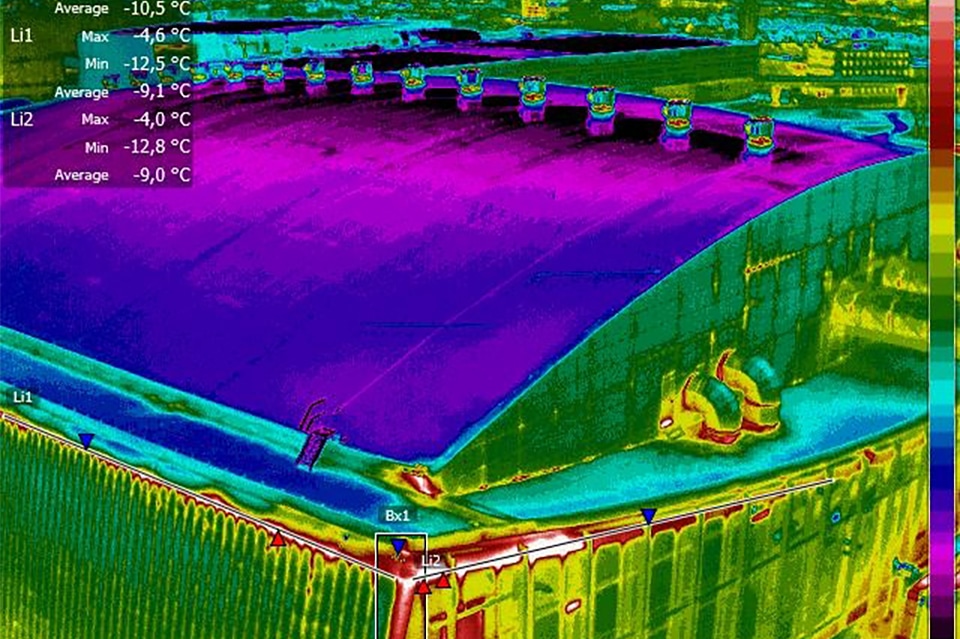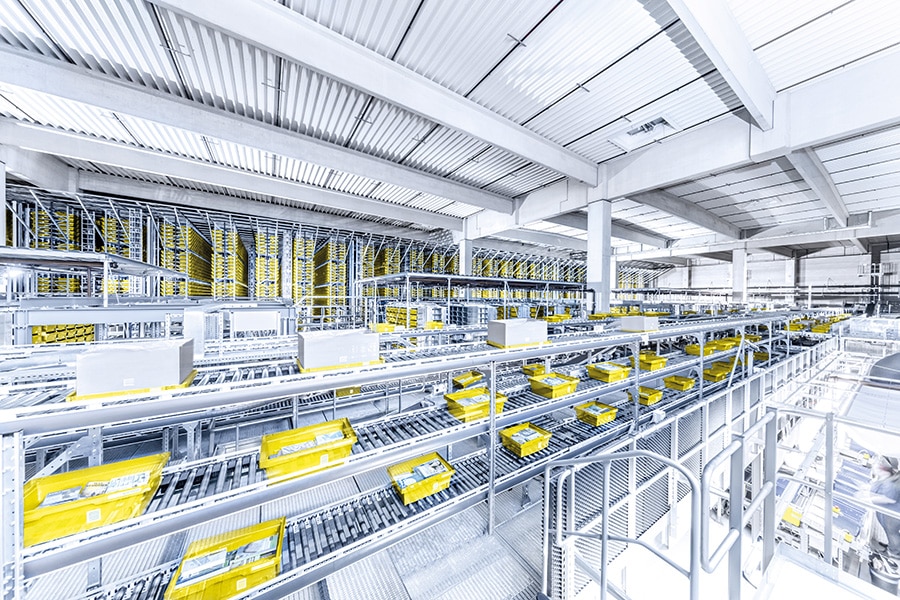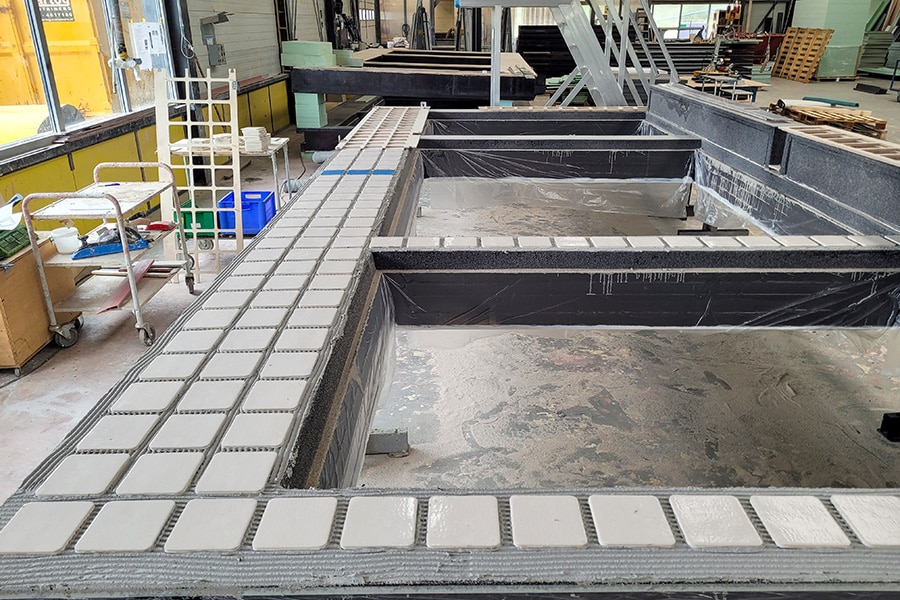
The future for property renovation and sustainable buildings
Drones and infrared: innovative solutions for property renovation in energy transition
The energy transition is a crucial step in making our society more sustainable. "An important aspect of this is renovating existing real estate to current standards," believes Sybren van Loon, project manager and co-founder of XS-4D drone inspections. "Heat leaks in buildings are a major source of energy waste. For example, poorly insulated walls, roofs, windows and doors cause heat to be lost, leading to higher energy costs and a larger carbon footprint. For property owners such as real estate companies and housing associations, it is essential to detect and address these leaks. For example, to improve the energy efficiency of their properties."
"Traditional methods of detecting heat leaks are often time-consuming and do not give a good overview of the entire building from the outside," Van Loon says. "Inspectors have to physically enter the buildings and use manual thermal imaging cameras, which is not always practical. Especially with larger buildings, dangerous roofs/facades or hard-to-reach areas. Also, in a large area, a handheld camera gives only a limited image. This is where drones offer a quick and accurate solution."

Thermographic inspections with drones
"Infrared technology makes it possible to visually map temperature differences in a building," Van Loon emphasizes. "Drones equipped with advanced thermographic infrared cameras can take detailed aerial thermal images of entire buildings. These images clearly show where heat is escaping or where there may be other problems. The data captured is reviewed and reported by a building thermographer. Then the findings along with the visual inspection images taken are added to a report. The points of interest found are essential for planning renovations and improvements to properties."
The types of properties XS-4D often inspects are sports complexes, event venues, offices and residential complexes. "The execution takes place when it is cold enough outside so that there is a large temperature difference between inside and outside. This, in fact, maximizes results." In addition to heat leaks, XS-4D can also survey moisture problems, cold leaks and the proper operation of solar panels during the summer.
The benefits of building inventory with drones:
Efficiency and speed: Drones can inspect large areas in a short time, from a single house to an entire apartment complex. This makes it possible to quickly collect data on the state of insulation of several buildings at once.
Accuracy: Infrared cameras on drones can detect temperature differences with high precision, detecting even small heat leaks. This gives a clear picture of where renovations are needed.
Safety: Drones can perform inspections in hard-to-reach areas such as roofs and high facades with less risk. This reduces the need for ladders, scaffolding or other costly and risky means. This makes drones an ideal solution for inspections in crowded urban environments. With a team of 2 to 3 people, XS-4D performs its work in a very short time, minimizing disruption to the surrounding area.
Detailed 3D data for renovation
"However, one of the biggest advantages of drones is the large amount of detailed data they can collect," Van Loon said. "Besides detecting heat losses, we can also create accurate 3D models (Pointclouds) of real estate. This data can be used, for example, for NEN2767 inspections, 3D digital multi-year maintenance planning, as a basis for BIM models or for better planning of work. In other words, drones make a renovation process more efficient and also provide valuable information for long-term planning, cost management and the sustainability of real estate."
With its drones, XS-4D offers a powerful solution for detecting heat leaks and acquiring 3D data for making real estate more sustainable. It makes inspections faster, more accurate and more cost-effective, playing a crucial role in the energy transition.
Heeft u vragen over dit artikel, project of product?
Neem dan rechtstreeks contact op met Robertson.
 Contact opnemen
Contact opnemen




